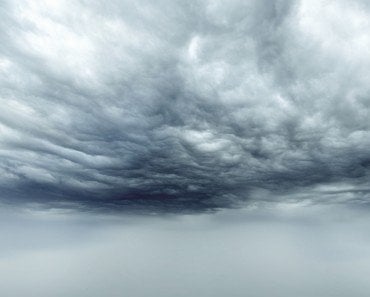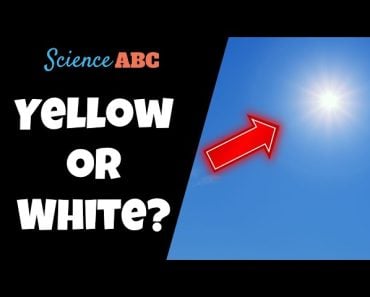Table of Contents (click to expand)
The sky turns reddish at night during rainy seasons because of light pollution. When it rains, the clouds reflect the artificial light from the city, which makes the sky appear red.
Have you ever observed that on some days, especially after it rains, the night sky appears to be somewhat reddish? Yet, strangely enough, you wouldn’t observe the same thing during the day. Given that, why does the sky turn reddish, or even bluish in the evening after it rains?
To begin with, let me inform you that the reddish hue of the night sky is a relatively recent phenomenon on out planetary timeline; in other words, it wasn’t observed a few decades ago. This goes to show that the phenomenon is not entirely natural, at least in terms of the underlying cause.
You might already know the reason behind the blue color of the sky during the day; simply put, it happens due to the scattering of light by particles present in the atmosphere. The light coming from the sun that illuminates our planet consists of seven different-colored components, and the particles in the atmosphere spread shorter blue wavelengths more than longer red wavelengths, hence the blue color of the sky during the day. But at night, when there is no sunlight to get scattered through the atmosphere, how does the sky appear illuminated?
As it turns out, it’s the artificial lighting of big cities that lights the sky up at night. To better understand how this works, we’ll have to explore something known as ‘skyglow’.
Recommended Video for you:
Skyglow

Even in the absence of sunlight, the night sky is not completely drenched in darkness; natural sources like the moon and stars give some illumination to the sky. The term skyglow, however, is usually used to refer to the luminance of the night sky due to artificial sources, such as excessive lighting from a metropolitan area. Skyglow is a prominent side effect of light pollution.
The luminosity of the night sky seems to be magnified after rains, i.e., when there is cloud cover in the sky. On clear nights, the shorter wavelengths of artificial light are scattered more easily, giving the night sky a slightly bluish hue.

However, when there is cloud cover, the longer wavelengths (i.e. red) of artificial light, instead of transmitting through the atmosphere and ending up in space, will scatter back to Earth.
If you want to delve a bit deeper, clouds can be classified into three main categories: upper, middle and low-level clouds. The clouds that you see in the sky when it rains are usually low clouds. You can’t see the middle and upper-level clouds unless they block the sun or moon and thereby hinder their ability to reach Earth.
The reddish hue that you see at sunset (especially during rainy seasons) is due to the reflection of light from the low-cloud base, which happens to be relatively close to the ground. This is how rain plays an important role in changing the hue of the sky from blue to pale-white, yellowish-orange (especially over brightly lit roads) or even reddish.

In a study conducted by a team of scientists led by Christopher Kyba from the Freie Universitaet and the Leibniz Institute of Freshwater Ecology and Inland Fisheries, they took measurements for hours every night for months in Berlin. It was observed that the blue portion of the sky appeared 7 times more radiant on cloudy nights than on clear nights, while the red portion was 18 times brighter!
You normally wouldn’t see a reddish tinge while it’s still raining, as the visibility becomes poor at night and therefore you can’t see the reflected light. Once the rain stops, however, the unusually-colored sky appears once again.
Not A Good Thing…
As picturesque as it may seem, this lightening of the sky is not a good thing from an ecological standpoint. Both human beings and animals are used to their circadian rhythms – the internal biological cycles that dictate when we should be sleeping and when we should be awake. Messing with that rhythm can have a number of negative impacts on your health, as well as disturb the equilibrium of nature.
Changing the way we light our cities can directly help to curb the problem of light pollution, which happens to be the root cause of this problem. Street lights with gas discharge lamps are being replaced by lamps consisting of LEDs, which happen to last longer, are relatively cheaper, and turn on and off instantly. This single change can go a long way towards changing the appearance of the night sky, especially over metropolitan areas. In the meantime, what you can do while sitting at home is avoid flooding your room with unnecessary artificial lighting and thus limit your contribution to light pollution in your tiny corner of the world!













